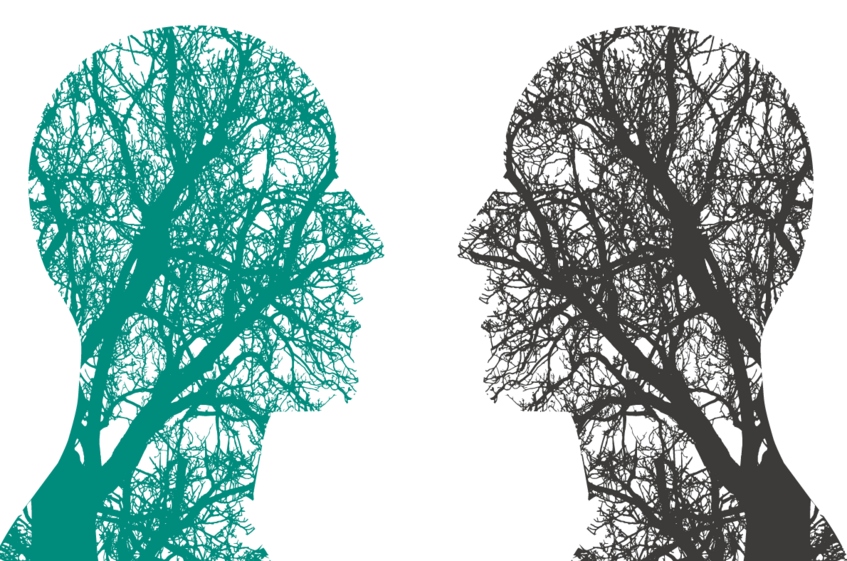The realm of applied linguistics is a dynamic and evolving field, serving as both a source of theory and a practical guide for language teaching. Its journey from its inception to its current state reflects a complex interplay of academic developments, technological advancements, and changing societal needs.
The Emergence of Applied Linguistics
The roots of applied linguistics can be traced back to the aftermath of World War II, a time when language education became a strategic priority, especially in military training. Linguists, drawing from structuralist techniques, sought to apply linguistic insights to language teaching methodologies. This synergy of linguistic analysis, behavioral psychology, and technological innovation laid the foundation for effective language instruction, giving rise to approaches like audio-lingualism.
Evolution of the Discipline
Initially, applied linguistics focused on the practical application of linguistic theory to language teaching. Influential figures like Charles Ferguson in the US and Pit Corder in the UK shaped the discipline and established academic departments dedicated to applied linguistics. Corder proposed a hierarchical model, emphasizing the roles of linguists, applied linguists, and language teachers in the process of language education.
Over time, the scope of applied linguistics expanded beyond linguistic theory to encompass a wide array of topics, including course design, language testing, and educational technology. This broadening of boundaries reflected the interdisciplinary nature of language studies and the diverse needs of language learners.
Period of Tension and Adaptation
In the 1970s, theoretical linguistics, particularly influenced by Noam Chomsky’s work, dominated the academic landscape. While theoretical advancements enriched applied linguistics, they also posed challenges. Chomsky himself questioned the relevance of linguistic theories to language teaching, creating a rift between theoretical linguistics and applied practice.
Amidst this tension, applied linguistics underwent a paradigm shift, embracing socio-cultural perspectives and interdisciplinary approaches. Scholars advocated for a broader understanding of language learning, incorporating socio-cultural contexts and rejecting context-free views of language acquisition.
Recent Developments and Future Directions
In the 1990s and beyond, applied linguistics continued to evolve, embracing new theoretical perspectives and research methodologies. The discipline shifted towards socio-cultural frameworks, incorporating feminist theory, critical theory, and cultural studies. Additionally, advancements in technology revolutionized linguistic analysis and language learning environments.
Today, applied linguistics encompasses a diverse range of topics and approaches, reflecting the multifaceted nature of language-related issues in our globalized world. Specialized journals and conferences provide platforms for scholars to explore emerging themes and challenges, ensuring that applied linguistics remains at the forefront of language teaching and research.
Conclusion
Applied linguistics has emerged as a vital discipline, bridging theory and practice in language education. Its evolution from a narrow focus on linguistic theory to a multidisciplinary field reflects the changing landscape of language studies. As we navigate the complexities of language in our interconnected world, applied linguistics continues to play a crucial role in understanding, teaching, and mediating between individuals and their linguistic environments.



